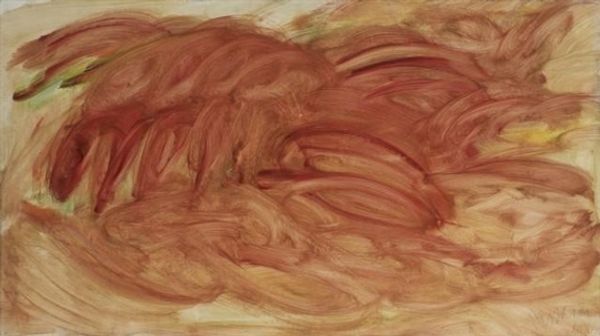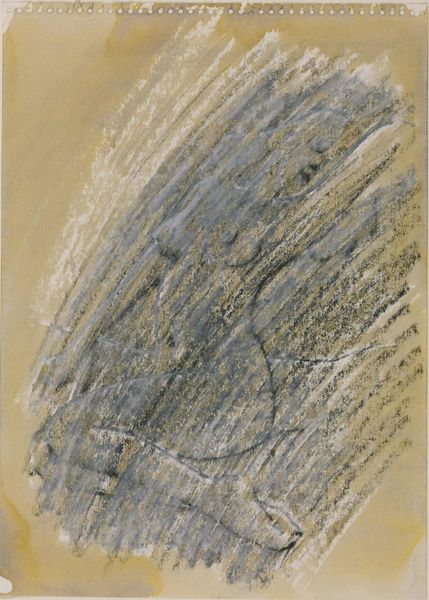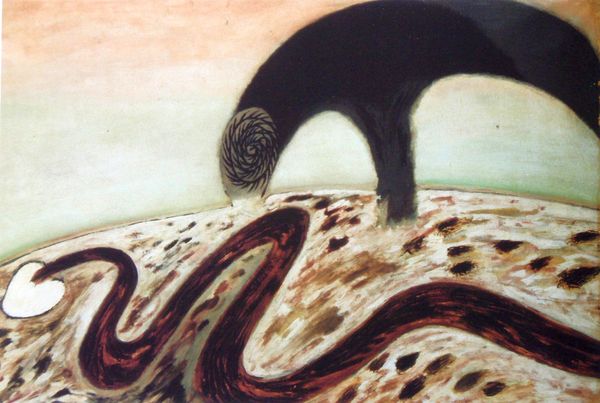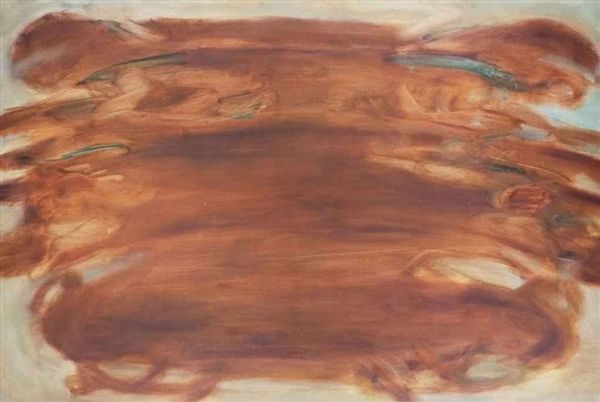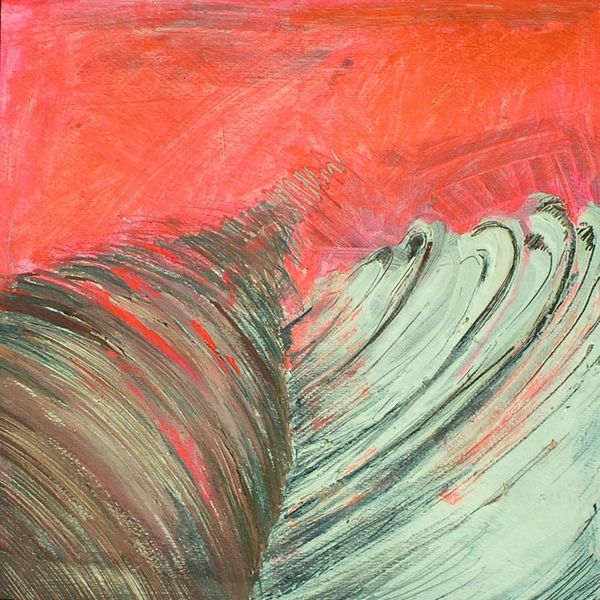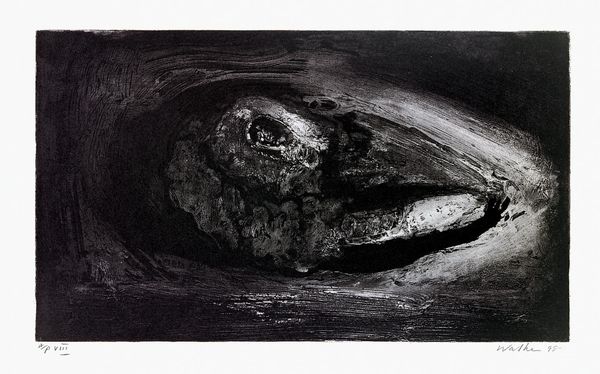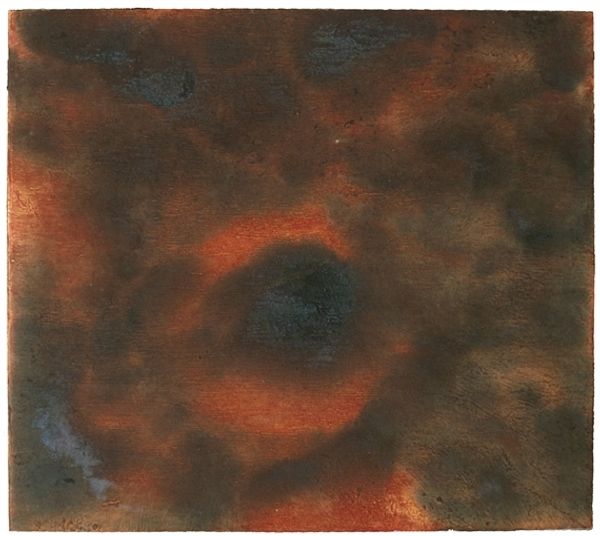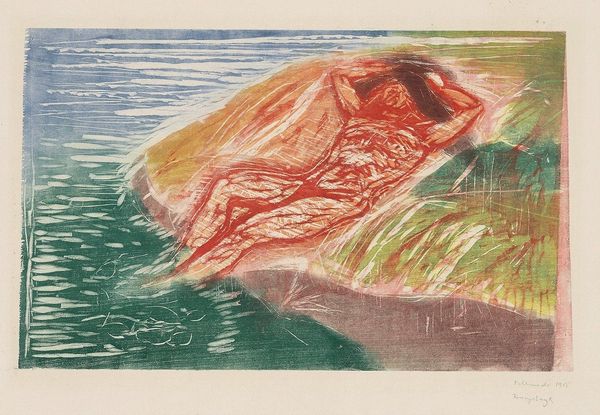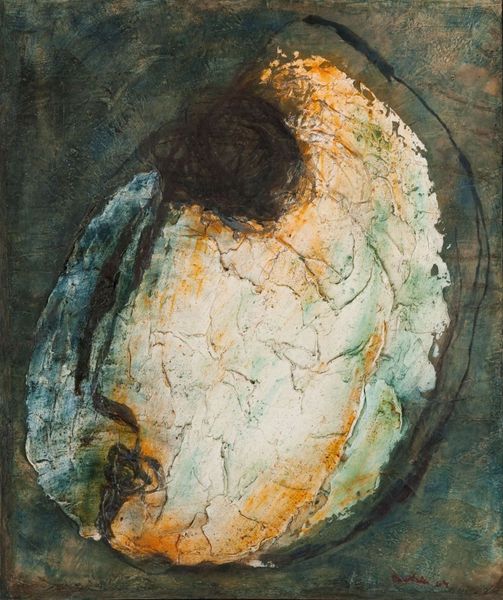
painting, watercolor
#
abstract-expressionism
#
organic
#
painting
#
form
#
watercolor
#
abstraction
#
line
Copyright: Public domain
This untitled work was made by Wols, a German artist in the mid-20th century, using watercolor and ink. It’s tempting to view this image solely through the lens of existentialism, a philosophy popular in post-war Europe that emphasized individual experience in a world without inherent meaning. But Wols' art also speaks to the breakdown of traditional artistic institutions and the rise of a new, more subjective mode of expression. The biomorphic form, rendered in delicate washes of color and spidery lines, hovers ambiguously between representation and abstraction. What does it mean to create an image that defies easy categorization? Perhaps it's a reflection on the instability of meaning itself. By refusing to adhere to established artistic conventions, Wols challenges the very foundations of the art world. To fully understand Wols' work, we must consider the social conditions that shaped his artistic production. Archival materials, such as letters and exhibition catalogues, can provide valuable insights into the artist's relationship with the art market and the critical reception of his work.
Comments
No comments
Be the first to comment and join the conversation on the ultimate creative platform.
